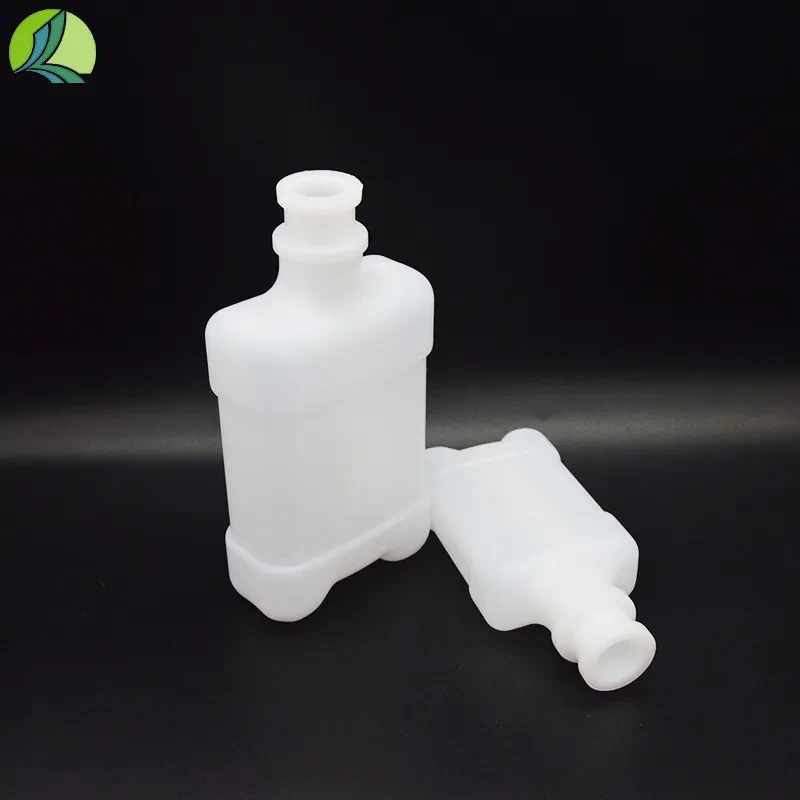150mm x 15mm Petri Dish for Laboratory Cultures and Experiments
Exploring the Role of Petri Dishes in Microbiological Research
In the world of microbiology, the Petri dish stands as an indispensable tool, providing researchers with a versatile platform for the growth and analysis of microorganisms. Among various sizes and types, the 150 x 15 mm Petri dish is particularly popular in laboratory settings due to its ideal dimensions for culturing a wide variety of samples, making it a fundamental component in microbiological practices.
The Petri dish was invented in the late 19th century by German bacteriologist Julius Richard Petri. Originally designed to grow bacteria, its simplicity and effectiveness have made it a staple in biological and medical research. The shallow glass or plastic container allows for the easy observation of microbial colonies while providing an environment conducive to growth. The 150 mm diameter of the dish offers ample space for several cultures or larger samples, while the 15 mm height provides sufficient depth to hold a generous volume of culture medium, be it agar or broth.
Exploring the Role of Petri Dishes in Microbiological Research
In the field of environmental microbiology, Petri dishes allow researchers to explore microbial diversity in soil, water, and air samples. By employing different types of culture media, scientists can cultivate a range of microorganisms, including bacteria, fungi, and yeast. This is particularly important in understanding microbial roles in ecosystems, biogeochemical cycles, and environmental health. For instance, the use of selective media can help isolate specific bacteria known for their roles in bioremediation, a process where microbes are utilized to clean up contaminated environments.
petri dish 150 x 15mm

Moreover, the 150 x 15 mm Petri dish is instrumental in educational settings. Its size is perfect for students who are learning microbiological techniques, such as streak plating, which allows for the isolation of pure bacterial colonies. Hands-on experience with Petri dishes provides students with critical skills in aseptic techniques, observation, and analysis, essential for anyone pursuing studies in biology or related fields.
The design and construction of Petri dishes also play a significant role in their functionality. While traditional dishes were made of glass, today’s plastic variants offer advantages in terms of convenience and safety. Plastic Petri dishes are lightweight, shatterproof, and can be pre-sterilized for convenience. They come in various grades of plastic, each with different properties that can affect the growth of microorganisms. For instance, high-quality polystyrene dishes minimize leaching of contaminants, thus ensuring optimal growth conditions for sensitive cultures.
Despite their numerous benefits, it is essential to consider the proper handling and disposal of Petri dishes, especially those that contain potentially pathogenic organisms. Strict laboratory protocols must be followed to prevent contamination and ensure safety. After use, dishes should be properly disposed of, often through incineration or autoclaving, to eliminate any residual microorganisms.
In conclusion, the 150 x 15 mm Petri dish is a fundamental tool in microbiological research and education. Its versatility in culturing various organisms makes it an essential apparatus for scientists investigating the microscopic world. As we continue to explore the realms of microbiology, the Petri dish remains at the forefront, facilitating discoveries that could contribute to advancements in health, environmental sustainability, and our understanding of biological processes. Whether in a research laboratory, a clinical setting, or an educational environment, the Petri dish is truly a symbol of innovation in scientific inquiry.
-
Aesthetic Makeup Spray Bottles | Fine Mist Empty RefillableNewsAug.19,2025
-
White Plastic Veterinary Vaccine Vials | Lab Liquid BottlesNewsAug.18,2025
-
Plastic Medicine Liquid Bottle: Secure Flip Top Drug VialsNewsAug.17,2025
-
Durable 250ml Blue Plastic Vaccine Vial for Lab & Vet UseNewsAug.16,2025
-
Sterile Virus Sample Tubes: Secure & Reliable Specimen CollectionNewsAug.15,2025
-
White 250ml Plastic Vaccine Vial for Lab & Vet MedicineNewsAug.14,2025
























